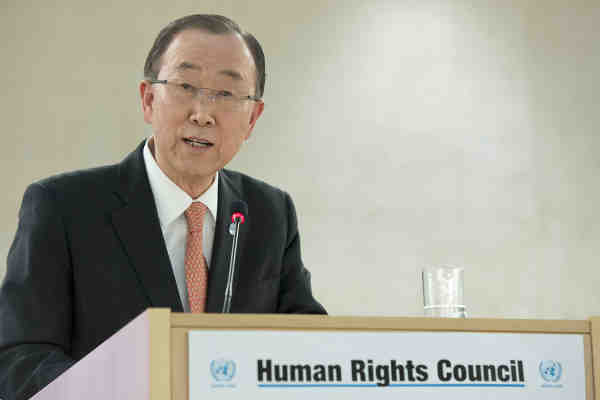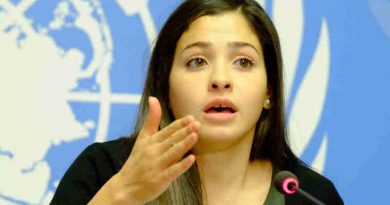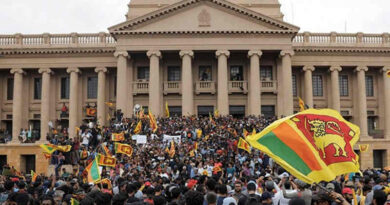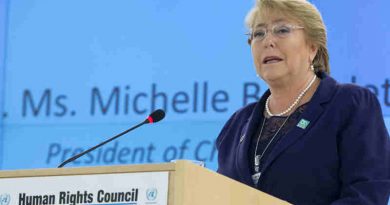How the UN Plans to Protect Human Rights

At the opening of the 31st session of the United Nations Human Rights Council, senior UN officials emphasized the link between the 2030 Agenda for Sustainable Development and the right to development, highlighting that people on the front lines of armed conflict and humanitarian need are hoping the Organization can help ease their suffering.
“Long-term peace and security cannot exist without human rights for all,” United Nations Secretary-General Ban Ki-moon told the Council members at UN headquarters in Geneva.
“Sustainable development is impossible without peace and security. Human rights are the very foundation of our common humanity. These fundamental links have led the United Nations to undertake wide-ranging advocacy and defence of human rights,” he underlined.
[ Hindu Groups Attacking Human Rights in India: Amnesty ]
Mr. Ban stressed that the agreement last December between Japan and the Republic of Korea on the so-called “comfort women” subjected to tremendous suffering during the Second World War highlights the need to address the pain of the victims, no matter how many years have passed.
“I hope the faithful implementation of the agreement, guided by the recommendations of UN Human Rights mechanisms, will help such wounds to be healed,” he stated, adding that “at this time of multiple conflicts and skyrocketing humanitarian need,” the global community must do more to prevent crises and protect people.
[ Left Parties Protest to Protect Human Rights in India ]
“This will be one of the main calls to action at the first-ever World Humanitarian Summit, in the history of the United Nations, in Istanbul on May 23 and 24 – an opportunity to come together with solutions and partnerships to uphold human dignity and our common humanity,” Mr. Ban stressed.
Insisting that the 2030 Agenda is a major step forward for human rights, the UN chief said its commitment is to “reach those who are farthest behind,” meaning the most vulnerable people – the victims of inequality and injustice. He explained that many of these are people trapped in situations of conflict, affected by climate change, and who are migrants, refugees, displaced and stateless.
[ How India Abuses Children’s Right to Education ]
“Building higher walls and creating stricter asylum regimes does nothing to address the reasons for mass movements of people, which are often rooted in festering development and governance challenges,” he declared.
Just last week, the Secretary-General was in Africa visiting some of the front lines of armed conflict and humanitarian need. “What I saw most of all in the faces of these people was their yearning for freedom and prosperity and justice. They hope and expect the United Nations to help ease their suffering and help them build a better future,” he reported.
Concluding his remarks, he said he also has hope, “thanks to an inspiring new development Agenda, the enduring power of human rights and the best of the human spirit.”
Meanwhile, UN High Commissioner for Human Rights, Zeid Ra’ad Al Hussein, said the struggle to bring down discrimination is at the heart of both the right to development and the 2030 Agenda.






